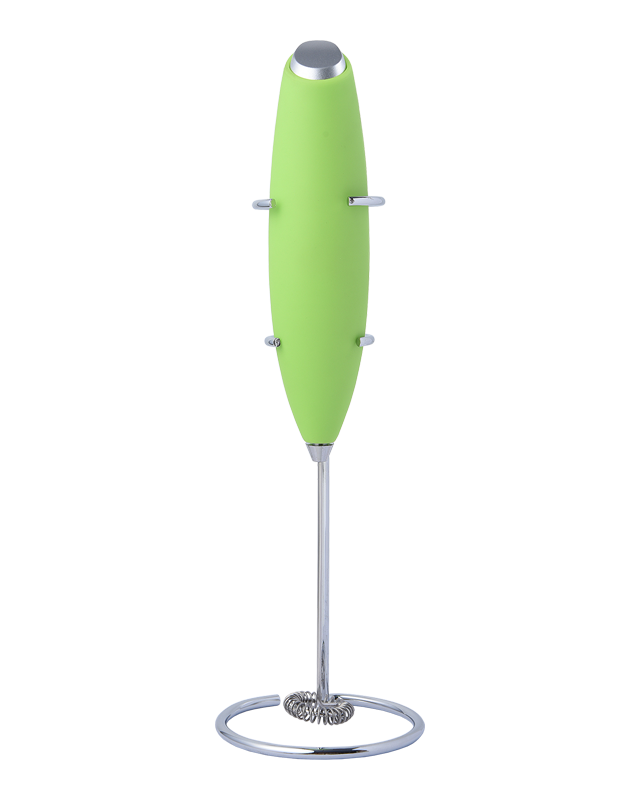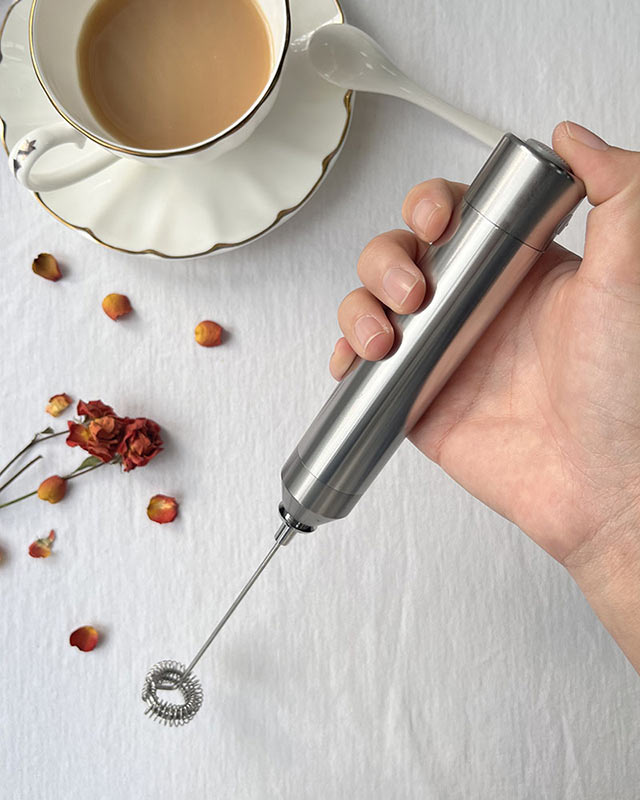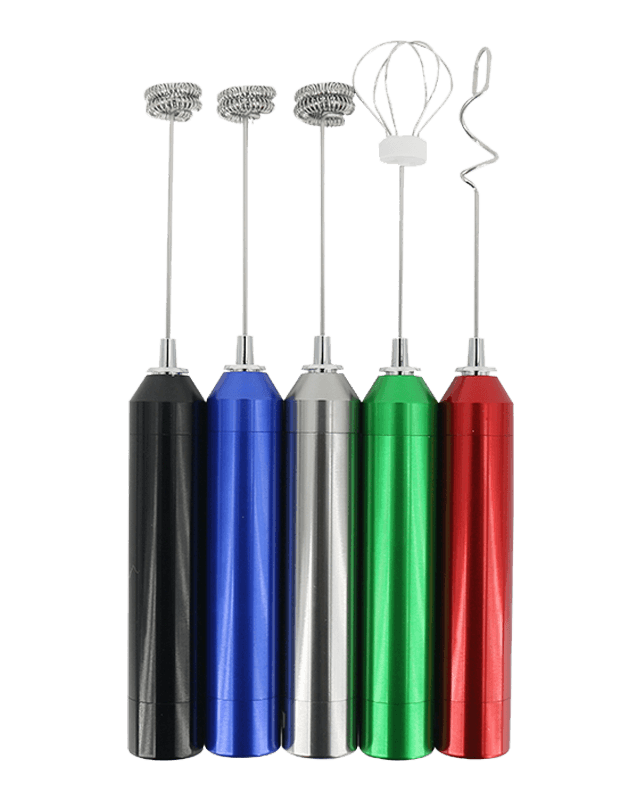Increased Torque for Dense Ingredients: A high-power motor provides increased torque, which is essential for mixing dense ingredients such as thick bread dough or cookie batter. Dense materials, due to their higher viscosity and resistance, require more force to break them down and integrate them uniformly. The motor's ability to generate higher torque allows it to overcome this resistance without overloading or stalling. For example, when kneading bread dough, a powerful motor ensures that the whisk can work through the dense, sticky mixture without difficulty, ensuring an even consistency and helping to properly develop the dough's gluten structure. This increased torque helps prevent the whisk from slowing down or becoming inefficient under load, enabling continuous, reliable mixing throughout the entire process.
Faster Mixing and Time Efficiency: A more powerful motor can rotate the whisk attachments at higher speeds, which translates into quicker and more efficient mixing. When working with dense doughs or batters, speed is essential. A powerful motor ensures that even thick ingredients are rapidly incorporated, saving significant time during preparation. For example, in professional kitchens or high-volume environments, time efficiency is crucial. A whisk with a strong motor can mix heavy doughs, such as pizza or pasta dough, in much less time than a lower-powered whisk, reducing the overall preparation time and improving workflow. This efficiency is particularly valuable when processing large batches of dough or batter, allowing chefs to focus on other tasks while the whisk handles the hard work.
Ability to Maintain Speed Under Load: Dense ingredients create considerable resistance, which can slow down or even stall a whisk with a weaker motor. However, a whisk with a powerful motor maintains a consistent speed regardless of the density of the ingredients. This feature ensures that the whisk can handle thick doughs, batters, or mixtures that would otherwise cause a less powerful whisk to struggle. For example, when preparing cake batter or whipping up dough for pastries, a powerful motor ensures that the mixing process is smooth, even, and uninterrupted. Maintaining a consistent speed helps achieve uniform results and reduces the chances of uneven mixing, which can negatively affect the texture of the final product, such as uneven crumb structures in cakes or breads.
Prevention of Overheating and Burnout: Whisks with less powerful motors often struggle to sustain high levels of performance over extended periods, especially when working with dense ingredients. This can lead to overheating, motor burnout, or mechanical failure. A whisk with a more powerful motor, however, is designed to handle the demands of frequent, heavy-duty use without overheating or breaking down. The enhanced motor power ensures that the whisk operates at a constant, reliable temperature, even during prolonged mixing tasks. With an advanced motor, users can be confident that the whisk will continue working without interruption, thus enhancing the overall efficiency and lifespan of the appliance.
Consistency of Result: The motor power of the whisk directly affects its ability to produce consistent results. Dense doughs and batters require thorough and even mixing, and without the right power, the whisk may fail to incorporate ingredients properly. A powerful motor ensures that the mixture remains consistent in texture throughout the process. For example, when mixing dough for artisan bread or cakes, achieving a uniform texture is essential to the final product's quality. The motor’s ability to maintain speed and torque ensures that ingredients like flour, butter, and sugar are evenly distributed throughout the dough, resulting in a uniform batter or dough.



 English
English
 Français
Français
 Español
Español
 Deutsch
Deutsch
 日本語
日本語





























